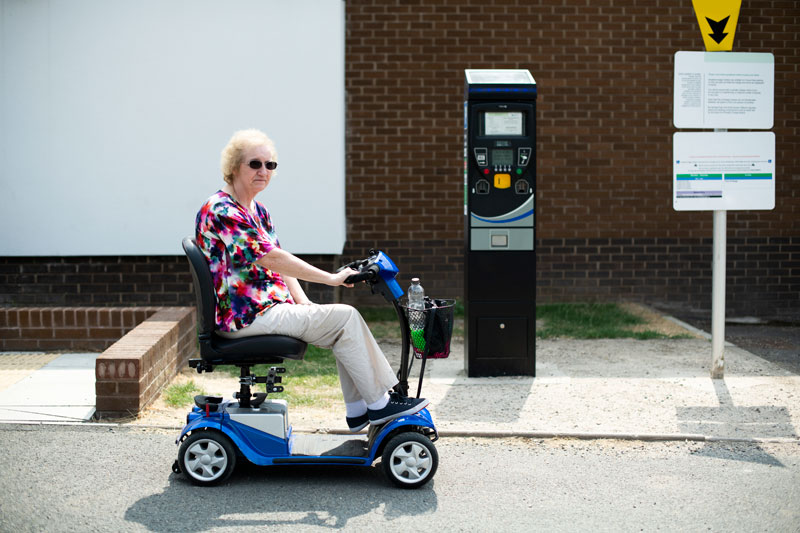Mobility Scooter Medicare Qualifications
Indications and Limitations of Coverage and/or Medical Necessity
For any item to be covered by Medicare, it must 1) be eligible for a defined Medicare benefit category, 2) be reasonable and necessary for the diagnosis or treatment of illness or injury or to improve the functioning of a malformed body member, and 3) meet all other applicable Medicare statutory and regulatory requirements. For the items addressed in this medical policy, the criteria for “reasonable and necessary” are defined by the following indications and limitations of coverage and/or medical necessity.
Refer to the related Policy Article for information on orders and a face-to-face examination.
The term power mobility device (PMD) includes power operated vehicles (POVs) and power wheelchairs (PWCs).
BASIC COVERAGE CRITERIA:
All of the following basic criteria (A–C) must be met for a power mobility device (K0800–K0898) or a push-rim activated power assist device (E0986) to be covered. Additional coverage criteria for specific devices are listed below.
A) The patient has a mobility limitation that significantly impairs his/her ability to participate in one or more mobility-related activities of daily living (MRADLs) such as toileting, feeding, dressing, grooming, and bathing in customary locations in the home. A mobility limitation is one that:
- Prevents the patient from accomplishing an MRADL entirely, or
- Places the patient at reasonably determined heightened risk of morbidity or mortality secondary to the attempts to perform an MRADL; or
- Prevents the patient from completing an MRADL within a reasonable time frame.
B) The patient’s mobility limitation cannot be sufficiently and safely resolved by the use of an appropriately fitted cane or walker.
C) The patient does not have sufficient upper extremity function to self-propel an optimally-configured manual wheelchair in the home to perform MRADLs during a typical day.
- Limitations of strength, endurance, range of motion, or coordination, presence of pain, or deformity or absence of one or both upper extremities are relevant to the assessment of upper extremity function.
- An optimally-configured manual wheelchair is one with an appropriate wheelbase, device weight, seating options, and other appropriate nonpowered accessories.
POWER OPERATED VEHICLES (K0800-K0808, K0812):
A POV is covered if all of the basic coverage criteria (A–C) have been met and if criteria D–I are also met.
D) The patient is able to:
- Safely transfer to and from a POV, and
- Operate the tiller steering system, and
- Maintain postural stability and position while operating the POV in the home.
E) The patient’s mental capabilities (e.g., cognition, judgment) and physical capabilities (e.g., vision) are sufficient for safe mobility using a POV in the home.
F) The patient’s home provides adequate access between rooms, maneuvering space, and surfaces for the operation of the POV that is provided.
G) The patient’s weight is less than or equal to the weight capacity of the POV that is provided.
H) Use of a POV will significantly improve the patient’s ability to participate in MRADLs and the patient will use it in the home.
I) The patient has not expressed an unwillingness to use a POV in the home.
If a POV will be used inside the home and coverage criteria A-I are not met, it will be denied as not medically necessary.
Group 2 POVs (K0806–K0808) have added capabilities that are not needed for use in the home. Therefore, if a Group 2 POV is provided and coverage criteria for a POV are met, payment will be based on the allowance for the least costly medically appropriate alternative, the comparable Group 1 POV. (See Least Costly Alternative section for information relating to this and all subsequent LCA statements.)
If coverage criteria A–I are met and if a patient’s weight can be accommodated by a POV with a lower weight capacity than the POV that is provided, payment will be based on the allowance for the least costly medically appropriate alternative.
If a POV will only be used outside the home, see related Policy Article for information concerning noncoverage.


